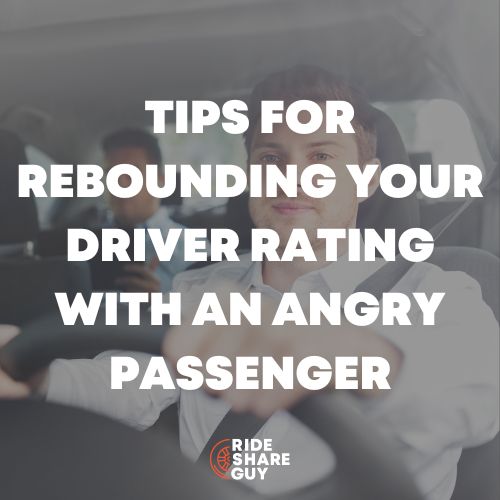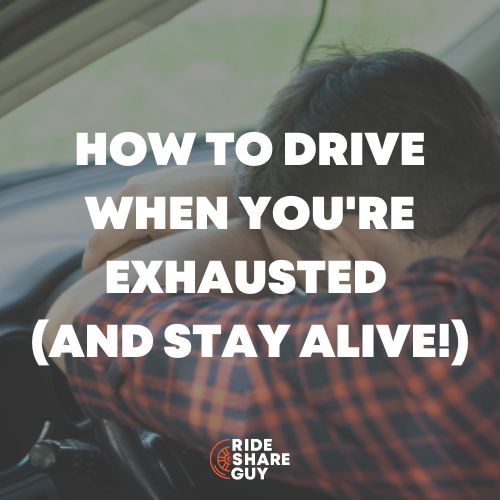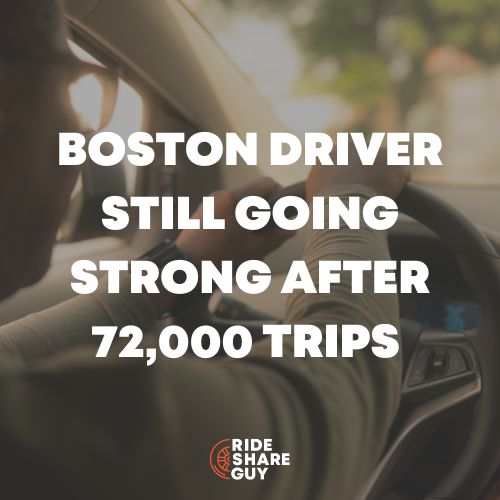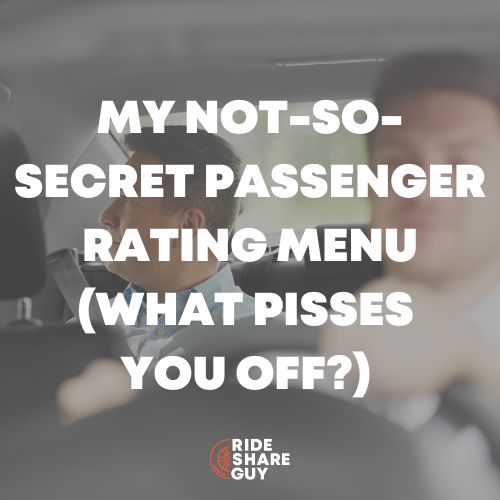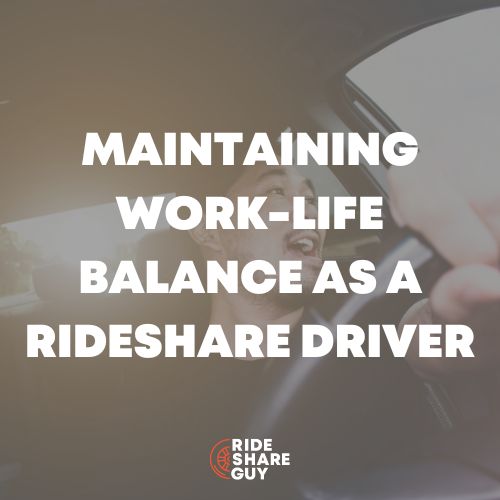Last month, the San Francisco County Transportation Authority reported on Uber and Lyft’s impact on traffic and air pollution in California, specifically in San Francisco.
The news was not good if you hate traffic and air pollution. As expected, Uber and Lyft contribute to more cars on the road, increased gridlock, and more fine particulate matter known as PM2.5, which causes environmental haze and a slew of lung and heart issues with prolonged exposure.
This article will compare the promise of Uber and Lyft to what is happening in San Francisco and most major cities worldwide. Is there anything we can do about it? What are some possible solutions?
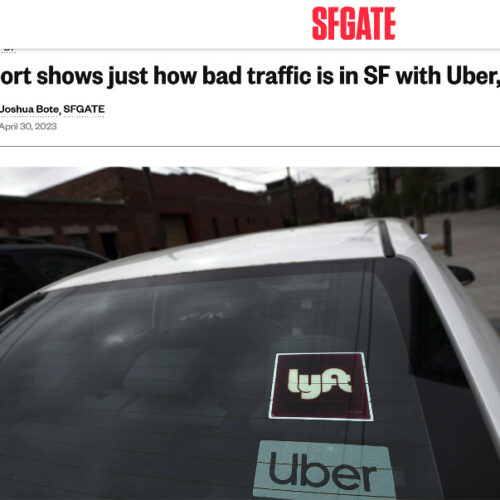
Background
The promise of Uber and Lyft was to reduce traffic and reduce air pollution. The thinking at the time was that passengers would participate in shared rides.
For example, three individuals who normally drive to work in downtown San Francisco would get picked up by one Uber driver and then be dropped off at work one by one.
Instead of three cars on the road, there would only be one. That was the promise.
What Happened Instead
Uber and Lyft were heavily financed. Therefore, they could and did offer rides at unusually low prices. Since the prices were so low, customers from taxis and public transportation began to use Uber and Lyft, thereby increasing road traffic.
People who tried to use the shared ride system found it slow and uncomfortable. Instead of getting picked up and immediately dropped off at their work location, passengers were delayed while Uber would pick up one or two more passengers. Some passengers did not get along.
A passenger might be coughing and sniffling. Or a passenger may have had a long night of drinking and smelled of alcohol. Or another passenger may be very talkative, while the other two passengers preferred a quiet, pre-work preparation ride.
Some passengers suffer from social anxiety and simply can’t tolerate being in a car with a stranger other than a designated driver. Long story short, the minimal savings of the shared rides did not adequately compensate most passengers, so they all got their own Uber.
Uber became so cheap and efficient that more and more people began using the service. Uber was no longer just a taxi replacement. Uber and Lyft created an entire industry that put more and more cars on the road.
The Report: No Surprises
This report only confirms what anyone with eyes can see. There is more traffic and cars with Uber and Lyft emblems on the windows.
Everyone you and I know is familiar with Uber and Lyft and has used the service at one time or another. This report states that:
“Based on data from September 2019 to August 2020 — a relatively even split of pre-pandemic and pandemic-era lockdowns — the report found that San Francisco has the greatest concentration of Uber and Lyft trips than any other California county, with over 500 times more rides per square mile than any other part of the state. “
Is Public Transportation A Solution?
OK, now we know that Uber and Lyft are bad for traffic and the environment. What can we do about it? In other countries, public transportation is the solution.
For example, when I landed in Malaysia, I jumped on a train and arrived close to my destination in Kuala Lumpur. The train was beautiful and modern. I had internet access and could do some work while looking out the window at the countryside. Another example is Singapore.
They have a wonderful train system and bus system. Their buses are clean and two levels high. I had so much fun riding in the top section taking in all the sights the city had to offer.
Or there is Copenhagen. My daughter and I rode the subway train to all our destinations. The trains were clean and quiet. More importantly, everyone used the train.

There was no social stigma associated with public transportation. The idea of a clean environment superseded all other concerns. However, that is not how we feel about public transportation in the United States.
Many people don’t like to be seen on public transportation. We would rather sit in the backseat of a car and be driven to our destination. I don’t think this is a mindset we can ever change. Public transportation can help, but it won’t be the solution we need.
Is There A Solution?
Several potential solutions address traffic congestion, gridlock, and air pollution caused by cars. Here are the five top possible solutions:
- Improving Public Transportation: Enhancing and expanding public transportation systems can encourage people to rely less on private vehicles. Investments in high-capacity buses, light rail, subways, and commuter trains can provide efficient alternatives to driving, reducing traffic congestion and air pollution.
- Promoting Active Transportation: Encouraging walking, cycling, and other forms of active transportation can positively impact traffic and air pollution. Developing pedestrian-friendly infrastructure, dedicated bike lanes, and creating incentives for active commuting can help reduce the number of vehicles on the road.
- Implementing Carpooling and Ridesharing: Promoting carpooling and ridesharing programs can significantly reduce traffic congestion and air pollution. Incentives such as dedicated carpool lanes, reduced tolls, and preferential parking for carpoolers can encourage more people to share rides, reducing the number of vehicles on the road.
- Investing in Electric Vehicles (EVs): Encouraging the adoption of electric vehicles can help reduce traffic emissions and air pollution. Governments can provide incentives such as tax credits, subsidies, and charging infrastructure development to make EVs more accessible. Additionally, supporting research and development in battery technology can lead to more efficient and affordable electric vehicles.
- Implementing Congestion Pricing: Congestion pricing involves charging vehicles for driving in congested areas or during peak hours. Increasing the cost of driving during busy times encourages drivers to consider alternative modes of transportation or travel at off-peak hours. The revenue generated from congestion pricing can be reinvested in public transportation or used to improve road infrastructure.
It’s worth noting that the effectiveness of these solutions may vary depending on factors such as local infrastructure, population density, and cultural preferences. Combining multiple strategies and tailoring them to specific contexts can lead to more comprehensive and effective solutions.
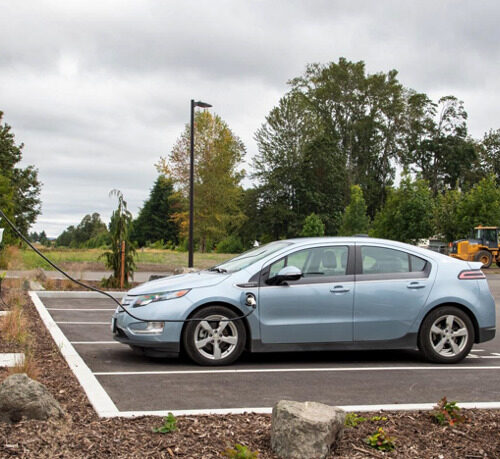
What Do Uber and Lyft Say?
The short answer is they deny the report’s findings. A Lyft representative stated, “Our goal is to reduce our carbon footprint and create more sustainable modes of travel.” Meanwhile, an Uber spokesperson said, “Broad conclusions should not be made based on old, outdated data.”
To Uber’s credit, they do have a stated goal for reduced emissions:
“We’re committed to becoming a zero-emissions mobility platform by 2030 in the US, Canada, and Europe, and globally by 2040. Getting more butts in seats of fewer cars will help achieve our goal of zero emissions. Uber will continue building products and features, like UberX Share, to encourage fewer cars on the road and less impact to the planet.”
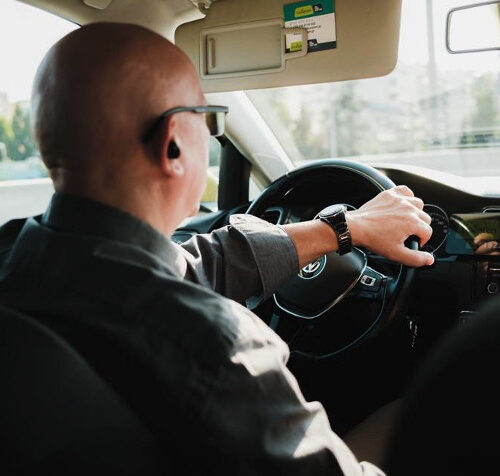
Key Takeaways
Does it matter that Uber and Lyft are bad for the environment? Of course, it does. However, we like convenience.
Uber and Lyft are a great convenience for the American public. We summon a car with a few keystrokes on our phones. Like magic, a car arrives. We walk from one door to another, get in, get out, and walk from one door to our destination.
So simple. So fast. And so relatively cheap. What is not to love? Well, there is the traffic and pollution problem! No one seems to care about what we are doing to the planet. We are too busy working hard to make a living and supporting our lifestyle.
Hopefully, this article will get you thinking about the value of Uber and Lyft versus the cost. Even better, let’s start thinking about a real tangible solution. Be safe out there.
